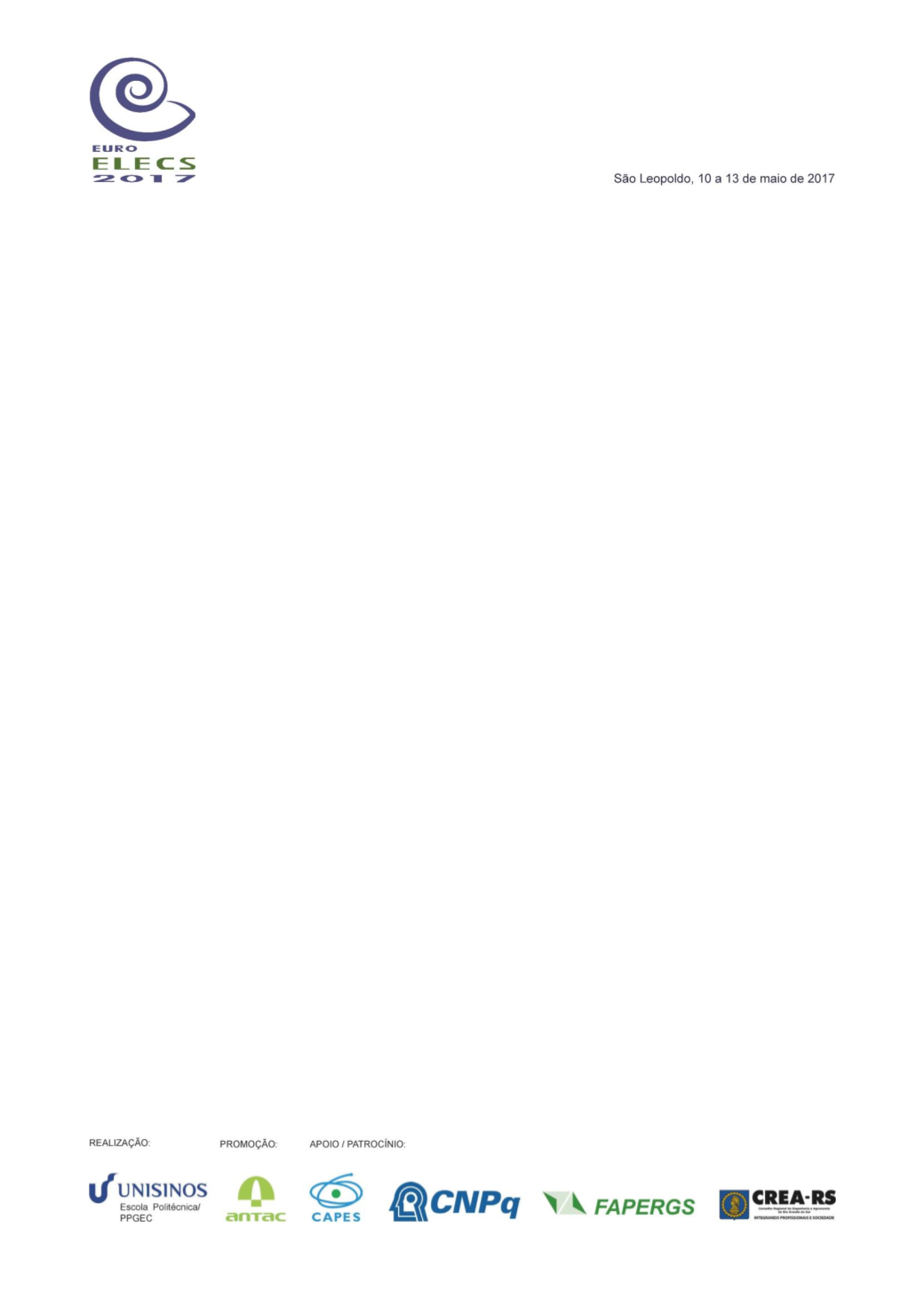

1879
127. DENSIDADE DE INTERSECÇÕES E DIVERSIDADE DO USO DO
SOLO: VARIÁVEIS DE MENSURAÇÃO DA CAMINHABILIDADE EM
CAMBÉ-PR
MOTOMURA, Monica*
1
(monicamotomura@gmail.com); FONTOURA, Larissa
1
(larissadafontoura@gmail.com); KANASHIRO, Milena
1
(milena@uel.br)
1
Universidade Estadual de Londrina (UEL), Brasil
*
Autor correspondente
RESUMO
A caminhabilidade, vinculada a mobilidade urbana, tem sido uma das temáticas dentro do
urbanismo sustentável. A mobilidade ativa está associada a questões ambientais e de saúde
pública, incluindo o sedentarismo e o aumento de doenças crônicas não transmissíveis como
obesidade e diabetes. A caminhabilidade, concebida no apoio e incentivo do caminhar de forma
confortável e segura, pode ser uma estratégia para promover atividade física no cotidiano. Nesse
contexto, o objetivo deste estudo é compreender as variáveis de densidade de intersecções e de
uso do solo, sistematizadas no Índice de Caminhabilidade (FRANK et al., 2010a), como elementos
importantes para a mobilidade ativa na cidade de Cambé-PR. Com base nos setores censitários,
esses dois componentes foram mapeados e sobrepostos. Os resultados obtidos a partir da análise
espacial apontam que essas variáveis se distribuem de acordo com a conformação de barreiras
físicas como rodovias e ferrovia e, dessa forma, regiões isoladas se tornam ao longo do tempo,
novas centralidades com alta diversidade de uso do solo e alta densidade de intersecções. A
contribuição desta pesquisa é apresentar discussões sobre como o índice é calculado apontando
para futuros aprofundamentos, principalmente em cidades de médio porte, além de inserir a
caminhabilidade nas questões de planejamento urbano, tornando as cidades mais sustentáveis e
saudáveis.
Palavras-chave:
Mobilidade ativa; caminhabilidade; intersecções; uso do solo.
INTERSECTION DENSITY AND LAND USE MIX: VARIABLES TO
MEASURE WALKABILITY IN CAMBÉ-PR
ABSTRACT
Walkability, linked to urban mobility, has been one of the issues within sustainable urbanism. Active
mobility is associated with environmental and public health discussions, including sedentary lifestyle
and the increase of chronic non-communicable diseases such as obesity and diabetes. Walkability
as a support and an incentive of walking comfortably and safely can be a strategy to promote physical
activity in daily life. In this context, the aim of this paper is to understand the intersection density and
the land use mix variables, systematized in the Walkability Index (FRANK et al., 2010a), as important
elements for the active mobility in the city of Cambé-PR. Based on the city census tracts, these two
components were mapped and overlapped. The results from the spatial analysis point out that these
variables are distributed according to the conformation of physical barriers such as highways and
railroad and that over time, isolated areas might become new centers with high land use mix and
high intersection density. The contribution of this research is to discuss how the index is calculated
pointing to future deepening, especially in medium-sized cities, in addition to insert walkability in
urban planning issues, making cities more sustainable and healthy.
Keywords:
Active mobility; walkability; street intersections; land use.


















